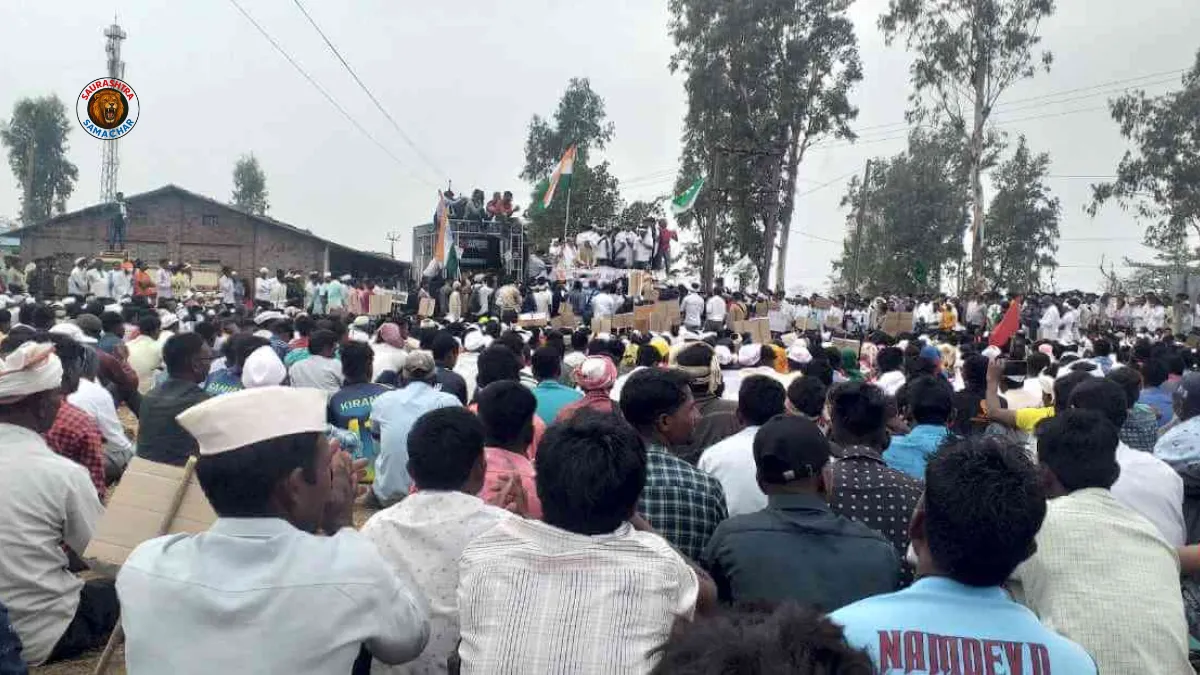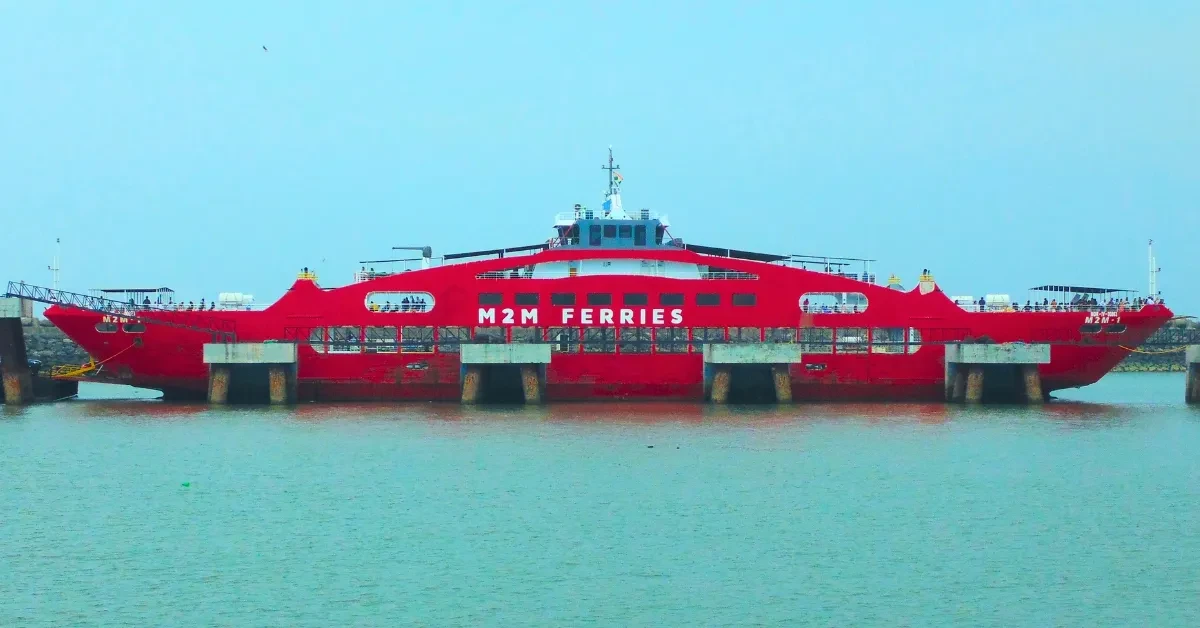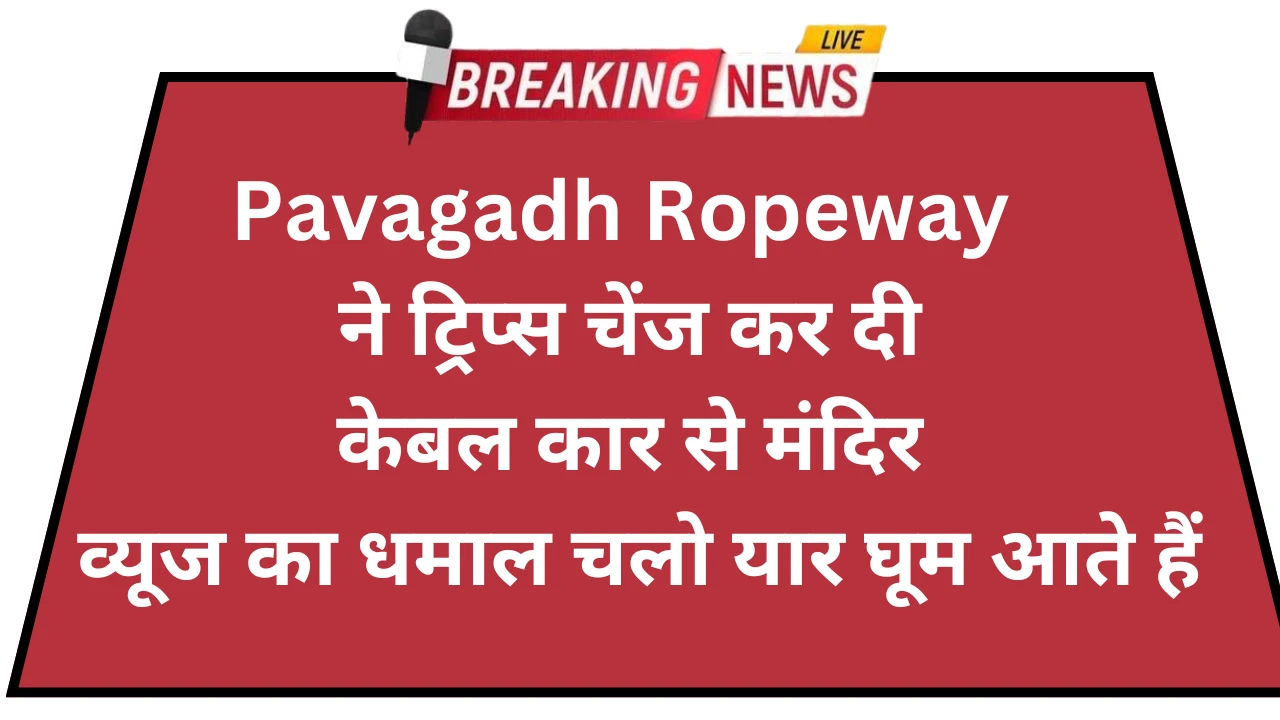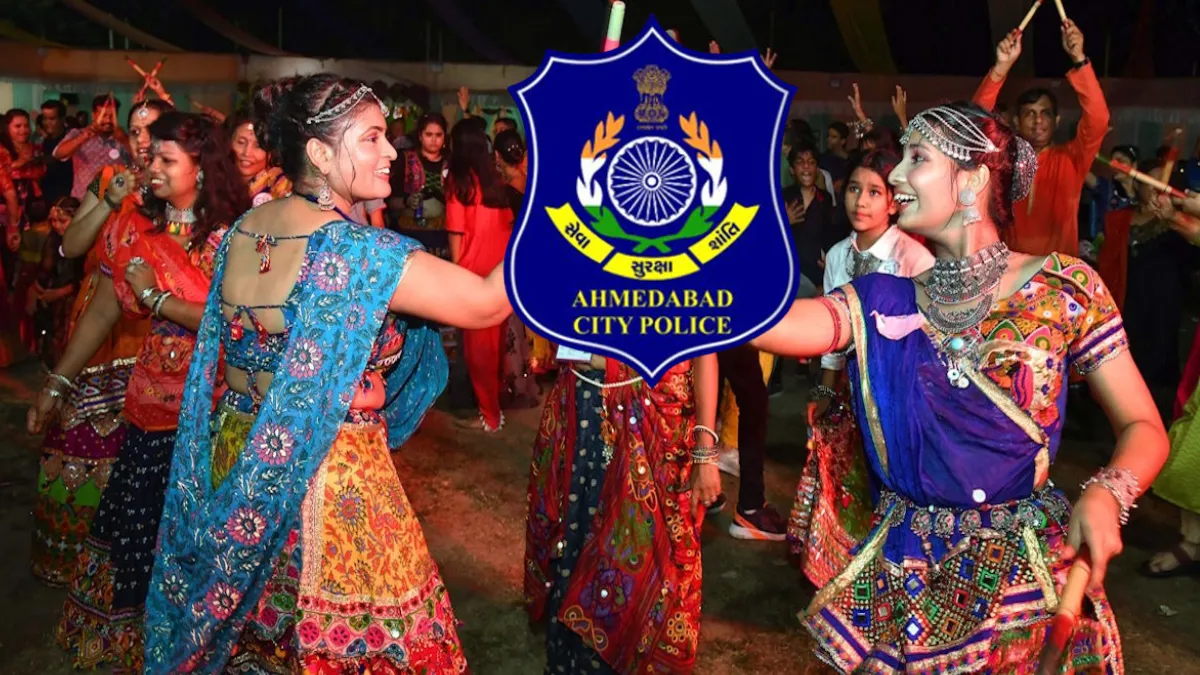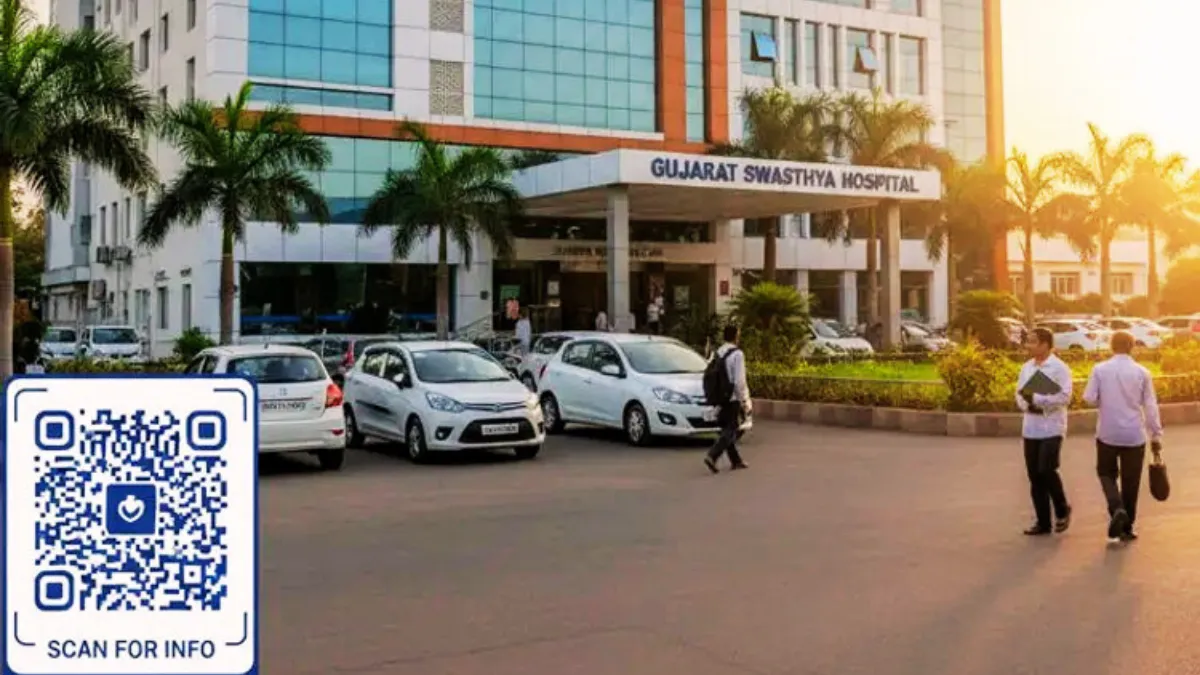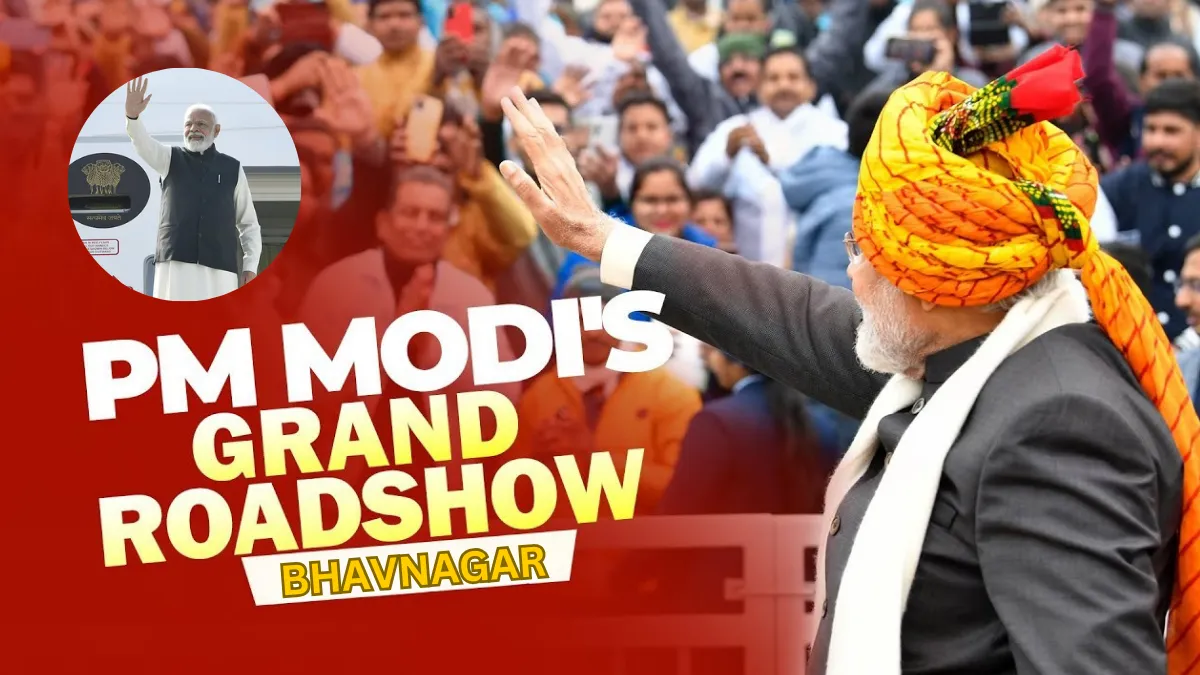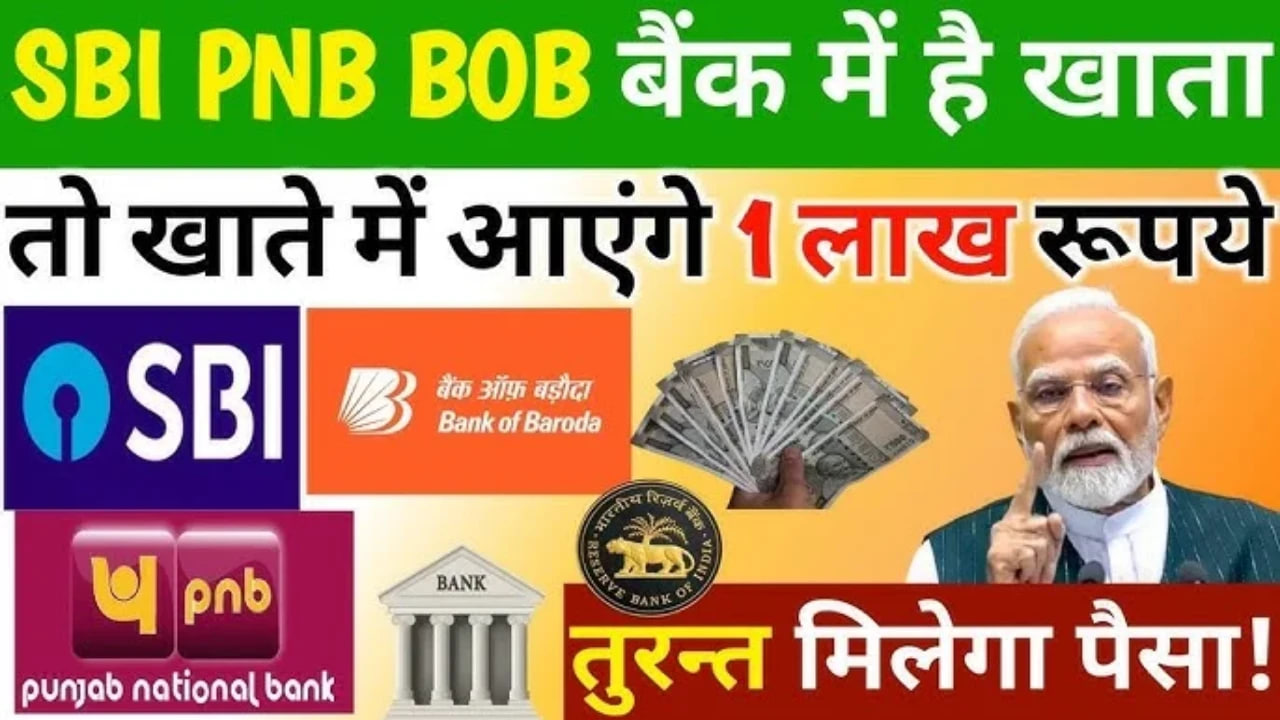A significant rally was held today in Dharampur, Valsad district, protesting the controversial Par-Tapi Narmada river link project. Hundreds of tribal residents from areas spanning Umargam to Ambaji gathered in trucks and buses for this massive demonstration, organized under the leadership of the Dam Hatao Samiti.
The protest saw active participation from local political leaders, including Vansada MLA Anant Patel and Congress leader Amit Chavda. Tribal leaders voiced their strong opposition, declaring that monetary compensation of one or two lakhs would not satisfy the affected communities. Former MP Amarsingh Chaudhary went as far as to express readiness to sacrifice his life to oppose the project. Authorities had put in place tight police security from early morning to prevent any untoward incidents during the rally.
Why the Par-Tapi Narmada River Link Project Faces Opposition
The Par-Tapi Narmada river link project has been a source of controversy for years. Despite a previous announcement by Chief Minister Bhupendra Patel to cancel the project before the 2022 elections, the news that its DPR (Detailed Project Report) has been presented in the Lok Sabha reignited protests among tribal communities in South Gujarat.
The tribal population fears displacement due to the construction of multiple dams under this project. According to local leaders, the project would require the relocation of thousands of people from tribal villages, disrupting their traditional way of life.
Understanding the Par-Tapi Narmada River Link Project
The Par-Tapi Narmada river link project is named after three rivers—Par, Tapi, and Narmada. It proposes the construction of nine major dams, each affecting multiple villages across Maharashtra and Gujarat. The key dams and their impact are summarized below:
| Dam Name | Location | Villages Affected | Estimated Population Affected |
|---|---|---|---|
| Zari Dam | Nashik (Maharashtra-Gujarat border) | 7 | 30,000 approx. |
| Mohana Kavachdi Dam | Dharampur Taluka, Valsad | 12 | 50,000 approx. |
| Paikhed Dam | Dharampur Taluka, Valsad | 13 | 55,000 approx. |
| Chasmadwa Dam | Dharampur Taluka, Valsad | 14 | 60,000 approx. |
| Chikar Dam | Waghai Taluka, Dang | 12 | 48,000 approx. |
| Daabdar Dam | Waghai Taluka, Dang | 18 | 75,000 approx. |
| Kelvan Dam | Vyara Taluka, Tapi | 23 | 1,00,000 approx. |
In total, over 118 villages and nearly five lakh people would be displaced if the project proceeds. Most of the affected areas are predominantly tribal regions, which has intensified opposition.
The government has planned to divert the dam water to Mumbai, Saurashtra, and Kutch, aiming to meet future urban water demands. Tribal residents, however, have made it clear that while they do not oppose water access for others, they will not allow large-scale development projects that forcibly displace them.
Political and Social Reactions
The revival of this project has led to renewed activism. The Par-Tapi Narmada Sangharsh Samiti, alongside Vansada MLA Anant Patel, has been conducting awareness campaigns in villages, highlighting the threat to tribal communities. A massive public protest was organized in Dharampur on 14 August 2025, demonstrating widespread anger and determination to halt the project.
Anant Patel criticized government statements, saying, “In the Rajya Sabha, it was mentioned that the DPR has been prepared. We demand a white paper on this project. Tribal communities should not be misled by incomplete or unclear information.”
Local leaders have issued stern warnings, emphasizing that any attempt to exploit tribal land, water, or forests will be met with strong resistance, and that even arrests will not stop their movement. Former MP Amarsingh Chaudhary, addressing the crowd without directly naming politicians, declared, “Even if the time comes to fight, sacrifice, and risk our lives, we will not step back from defending our people.”
Why Tribal Communities Are Angry
- Displacement Concerns – Thousands of tribal residents face losing homes, land, and livelihoods.
- Environmental Impact – Large dams will affect forests, water sources, and agricultural land crucial for tribal survival.
- Broken Promises – Despite assurances from the Chief Minister to cancel the project, the DPR’s presentation in Parliament has revived fears of forced implementation.
- Lack of Transparency – Tribal leaders demand a full white paper, citing insufficient clarity and consultation with affected communities.
Future of the Project
With mounting protests and political pressure, the future of the Par-Tapi Narmada river link project remains uncertain. Tribal organizations and local politicians have pledged to continue their campaigns, organize further rallies, and demand government transparency.
Officials and planners now face a critical decision: either fully engage with the tribal communities and provide clarity or risk continued unrest and protests. The rally in Dharampur has made one thing clear—tribal voices in South Gujarat will not be ignored.
Also read: 56 Lakh NFSA Cards in Gujarat Flagged as Suspicious; 15.56 Lakh Verified
Conclusion:
The Par-Tapi Narmada river link project highlights the ongoing tension between developmental ambitions and tribal rights. While urban centers may benefit from additional water supply, the affected tribal population sees it as a threat to their land, culture, and survival. As protests continue, a balanced and transparent approach is essential to ensure justice for tribal communities while addressing the state’s water needs.
